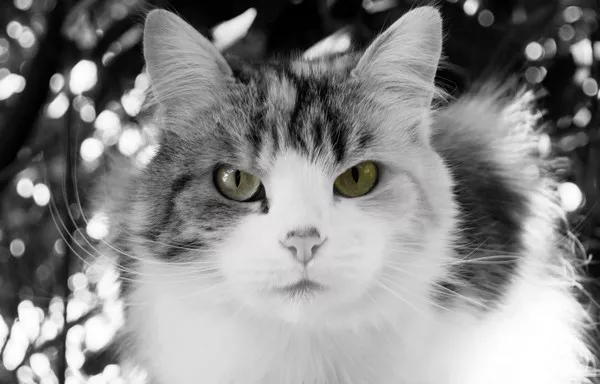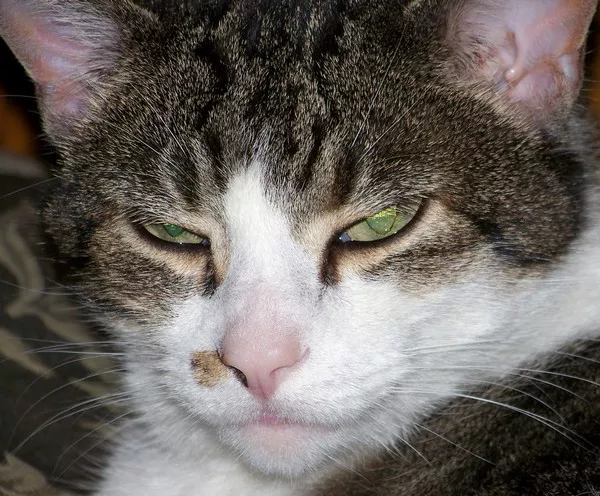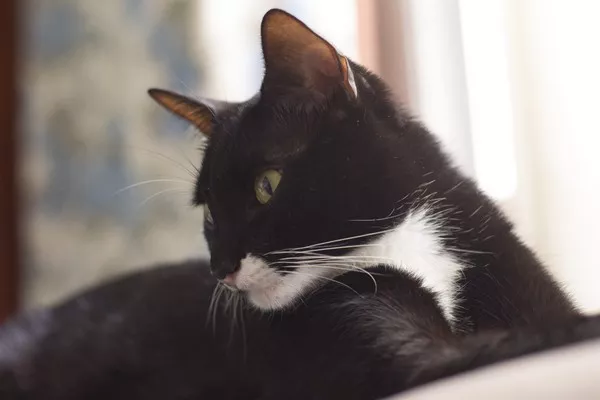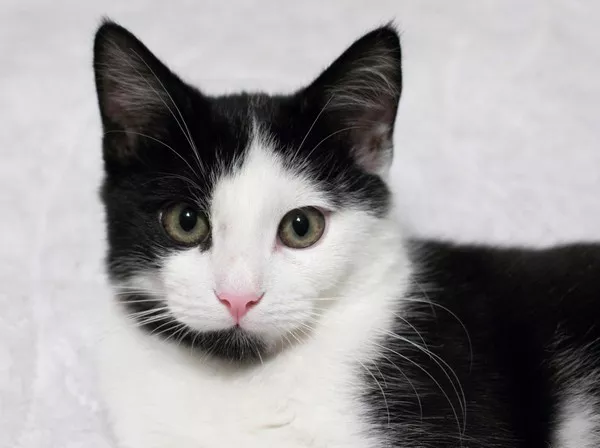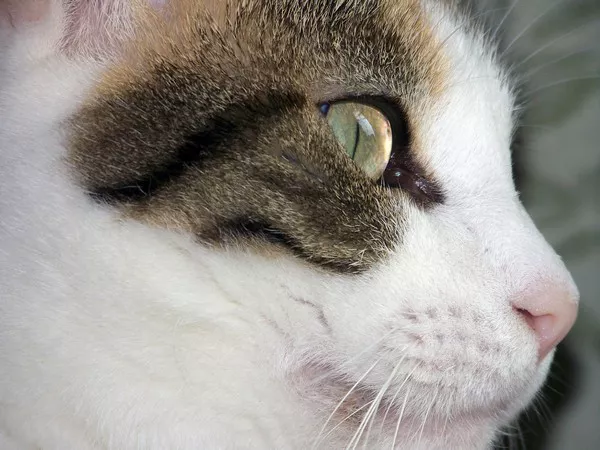Cats have long been regarded as enigmatic creatures, often perceived as aloof and independent. However, a closer examination reveals that they are social beings that thrive on interaction, particularly with their human companions. One common question among cat owners is whether their feline friends enjoy being talked to. This article explores the dynamics of human-feline communication, the significance of vocalization, and the emotional connections that develop through talking to cats.
The Nature of Cat Communication
Cats communicate primarily through body language and vocalizations. While they may not respond verbally in the same way humans do, they have developed a unique way of interacting with their owners. Understanding this communication style is crucial for fostering a strong bond with your cat.
Body Language
Cats use a variety of body language cues to express their feelings and intentions. For instance, a cat’s tail position can indicate its mood—an upright tail signifies happiness, while a puffed-up tail can indicate fear or aggression. Similarly, ear positioning, facial expressions, and posture all convey important information about a cat’s emotional state.
Vocalizations
While cats primarily communicate non-verbally, they do use vocalizations to interact with humans. Meowing is a behavior that cats have developed specifically for communicating with people. Unlike their interactions with other cats, which involve more subtle forms of communication, meowing is a direct way for cats to express their needs and emotions to humans.
Do Cats Enjoy Being Talked To?
Research suggests that cats do indeed enjoy or at least tolerate being talked to by their owners. The tone, pitch, and context of the conversation play significant roles in how cats perceive human speech.
The Role of Tone and Pitch
Cats are highly sensitive to the tone of voice used by their owners. Studies have shown that cats respond positively to higher-pitched, softer tones, often associated with “baby talk.” This type of speech can elicit responses from cats, such as purring or approaching their owners. Conversely, a harsh or loud tone may cause a cat to retreat or display signs of stress.
Recognizing Their Names and Commands
Cats are capable of recognizing their names and can learn to associate specific words or phrases with actions or events. For example, a cat may respond to its name being called or to phrases like “treat” or “playtime.” This recognition indicates that cats are not only listening but also processing the information conveyed through human speech.
The Emotional Benefits of Talking to Cats
Engaging in conversation with your cat can have emotional benefits for both the owner and the pet. Talking to your cat fosters a sense of companionship and strengthens the bond between human and feline.
Bonding Through Interaction
Regularly talking to your cat can enhance your relationship. Cats thrive on attention and interaction, and vocalizing with them can make them feel valued and loved. This interaction can be particularly important for indoor cats, who may not have as many opportunities for socialization.
Stress Relief for Owners
Conversing with pets can also provide mental health benefits for owners. The act of talking to a cat can be soothing and can help reduce stress and anxiety. Many cat owners report feeling happier and more relaxed after spending time talking to their pets, reinforcing the idea that these interactions are mutually beneficial.
The Science Behind Cat Communication
Recent studies have delved into the intricacies of how cats interpret human speech. Research indicates that cats can distinguish between different types of speech directed at them versus speech directed at other humans.
Understanding Human-Directed Speech
In experiments, cats have shown a marked interest in their owners’ voices when using “cat-directed speech,” which is characterized by a higher pitch and exaggerated intonation. This suggests that cats are not only listening but are also attuned to the emotional nuances of their owners’ speech.
The Impact of Socialization on Communication
Cats that receive regular interaction and socialization from their owners are more likely to engage positively with human speech. Conversely, cats that are isolated or have less interaction may be less responsive to vocalizations. This highlights the importance of socialization in developing a cat’s communication skills and responsiveness.
See Also: How Long Does It Take for a Cat to Be Fully Trained?
Practical Tips for Talking to Your Cat
To enhance your communication with your cat, consider the following tips:
Use a Soft, Gentle Tone
When speaking to your cat, use a soft, gentle tone. This will create a calming atmosphere and encourage your cat to engage with you.
Incorporate Their Name
Make a habit of using your cat’s name during conversations. This helps reinforce their recognition of their name and strengthens your bond.
Respond to Their Vocalizations
If your cat meows or chirps in response to your speech, engage with them by mimicking their sounds or responding with affection. This creates a two-way communication channel.
Combine Words with Actions
Pair your verbal communication with actions, such as offering treats or toys. This reinforces the connection between your words and their meanings, making it easier for your cat to understand.
Be Mindful of Body Language
Pay attention to your cat’s body language while talking. If they seem relaxed and engaged, you are likely communicating effectively. If they appear agitated or withdrawn, it may be a sign to adjust your approach.
Conclusion
In conclusion, cats do appreciate being talked to, and these interactions are essential for building a strong bond between humans and their feline companions. By understanding the nuances of cat communication and employing effective strategies for interaction, cat owners can enhance their relationships with their pets.
Talking to your cat not only enriches their lives but also provides emotional benefits for owners, creating a fulfilling companionship that transcends language barriers. Embrace the opportunity to converse with your feline friend, and you’ll likely find that your bond grows stronger with every meow and purr.
Related Topics



